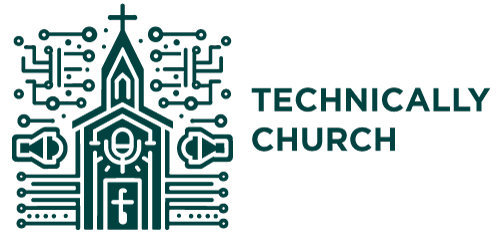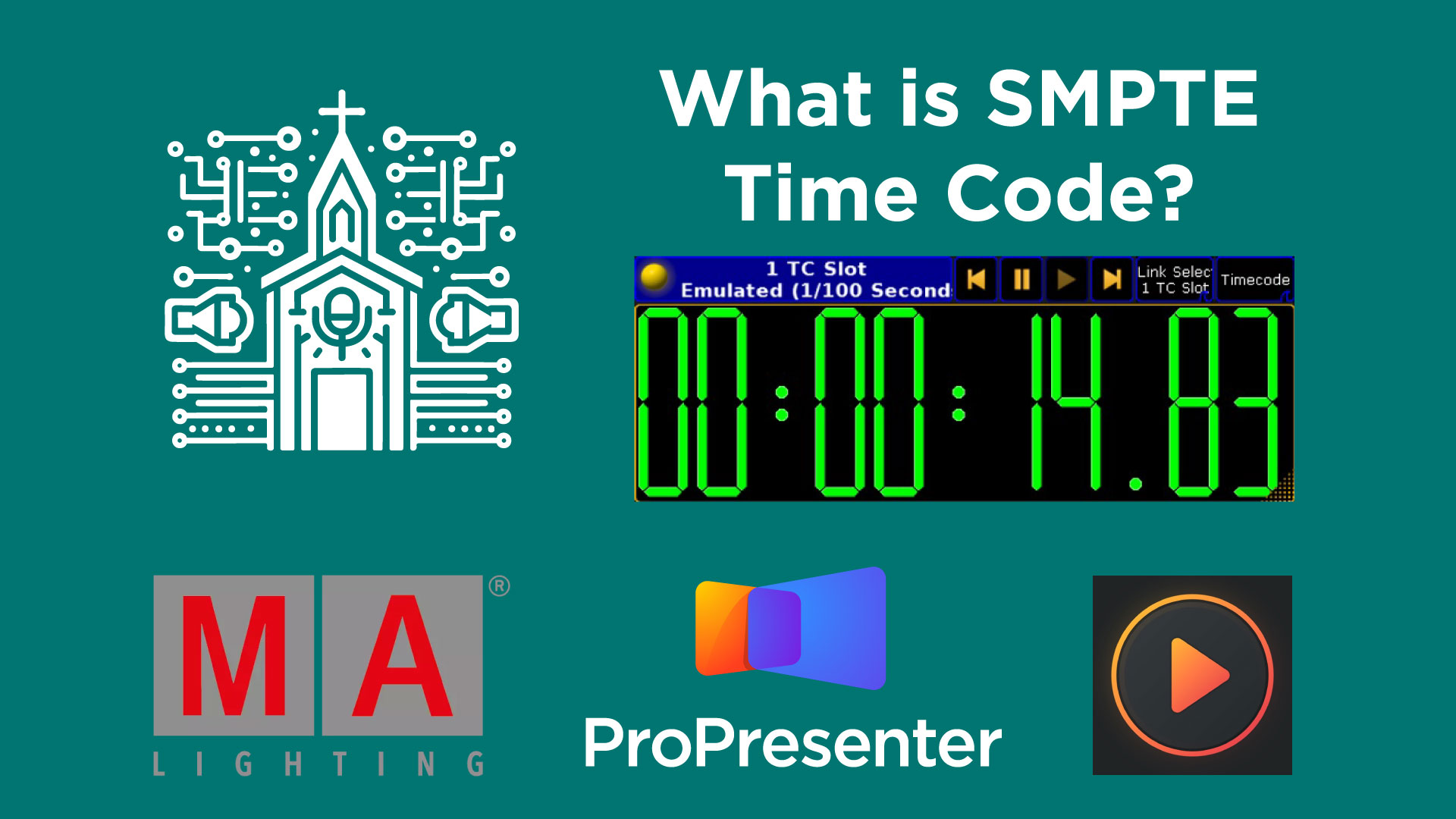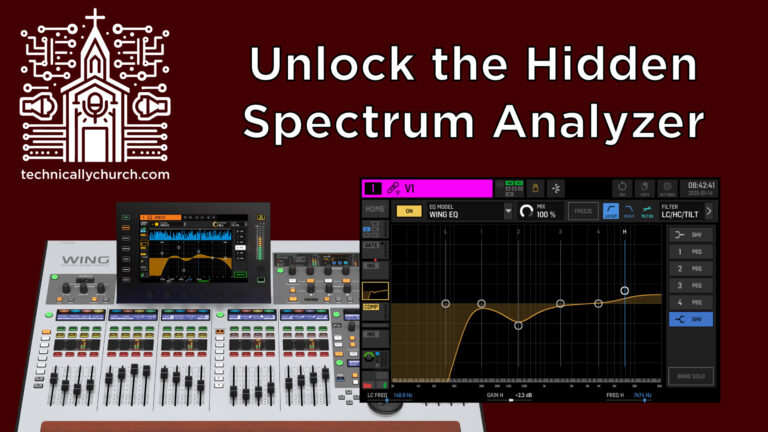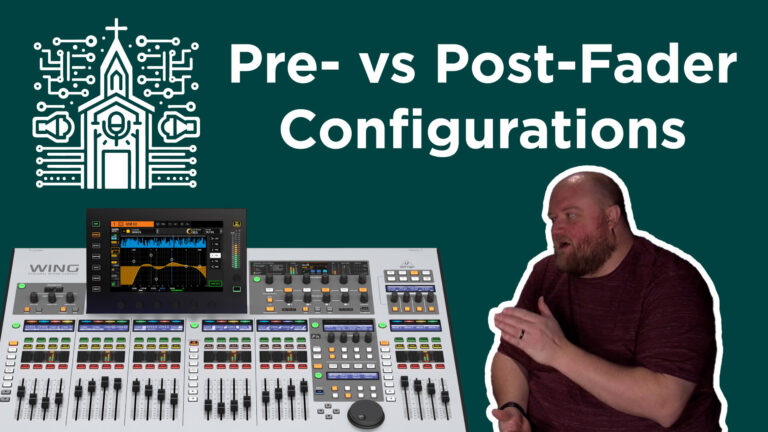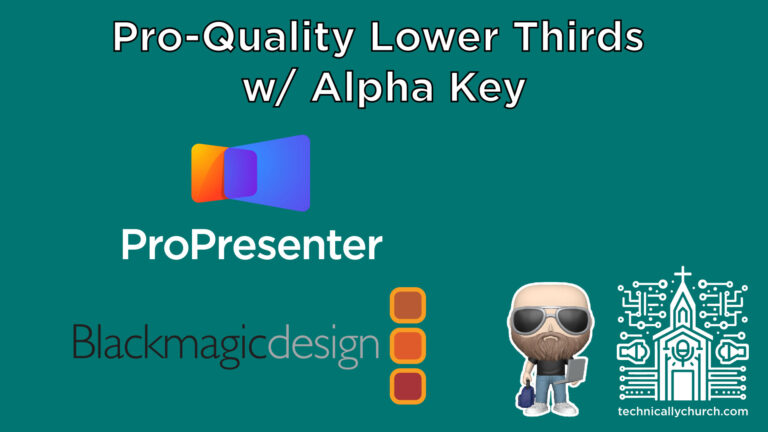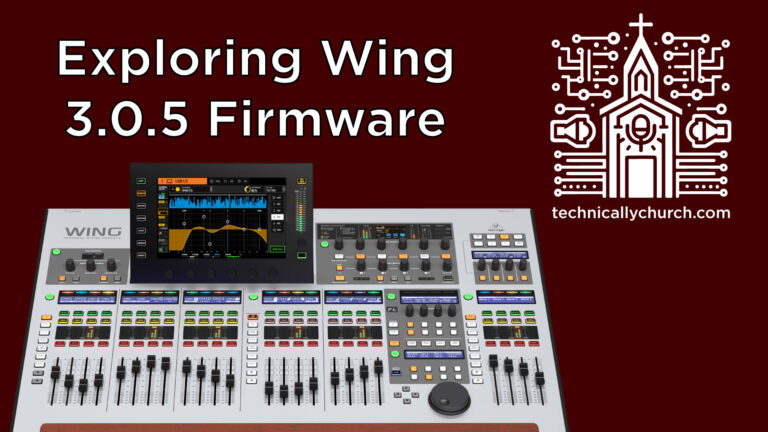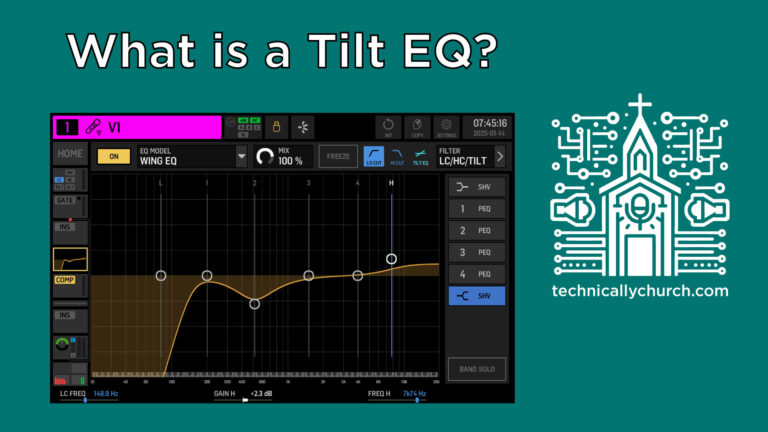What is Time Code? The Role of SMPTE Time Code in Modern Worship
Harnessing SMPTE Time Code for Seamless Worship Services
In the digital age, the synchronization of multimedia elements during live events, particularly in worship settings, is not just a convenience—it’s essential for creating immersive and impactful experiences. One pivotal tool in achieving this harmony is SMPTE (Society of Motion Picture and Television Engineers) time code, a global standard that ensures precise synchronization across various digital platforms. In the context of a church service, integrating SMPTE time code with applications like multitracks.com Playback, ProPresenter, and lighting software such as grandMA, transforms the coordination of music, visuals, and lighting from a daunting task into a streamlined process.
The Role of SMPTE Time Code in Worship
At its core, SMPTE time code is a digital clock that runs within software applications, generating a sequence of numeric codes to mark each frame of video or segment of audio with a unique time reference. In a worship setting, this “fake time” is used to synchronize the click tracks, backing tracks, and guide vocals from the Playback app with the visual lyrics on ProPresenter and the dynamic lighting cues on a console like grandMA.
The Playback app, commonly used by worship bands to maintain rhythm and harmony, can emit SMPTE time code in sync with the music. This code is then received by ProPresenter and the lighting software, triggering the pre-programmed cues for lyrics and lighting effects to unfold in perfect alignment with the live performance.
Implementing SMPTE Time Code: A Step-by-Step Approach
- Assigning Time Segments: Each song in the service is allocated a specific time segment, traditionally in 10-minute increments, to accommodate its length and the transitions between different elements. This methodical allocation ensures that each piece, regardless of its position in the service, has a designated “time slot” that correlates with the SMPTE time code.
- Integration with Playback: The Playback app is configured to generate SMPTE time code for each song, corresponding to its assigned time segment. This setup enables the app not only to play the click and backing tracks but also to serve as the master timekeeper for the entire service.
- Synchronization with ProPresenter: In ProPresenter, the lyrics and visual elements are programmed to respond to specific time codes. As the Playback app emits the SMPTE code, ProPresenter automatically transitions through the lyrics and visuals in sync with the live music.
- Lighting Coordination: Similarly, lighting cues are programmed in the lighting console (e.g., grandMA) to correspond with the SMPTE time code. This ensures that every light change and effect is perfectly timed to enhance the musical and thematic elements of the service.
The Benefits of SMPTE Time Code in Worship Services
- Seamless Synchronization: SMPTE time code eliminates the need for manual coordination between musicians, visual operators, and lighting technicians, ensuring a flawless presentation.
- Enhanced Worship Experience: The precise timing of music, visuals, and lighting deepens the worship experience, fostering a more engaging and spiritual atmosphere.
- Flexibility: SMPTE time code allows for easy adjustments and modifications to the service flow, accommodating last-minute changes or additions.
- Professional Production Quality: The level of synchronization achievable with SMPTE time code elevates the production quality of worship services, making them more impactful and memorable.
Conclusion
The use of SMPTE time code in worship services represents the convergence of technology and spirituality, where digital tools are employed to create a more profound and immersive worship experience. By synchronizing music, visuals, and lighting with unparalleled precision, churches can offer services that not only uplift the spirit but also captivate the senses.
